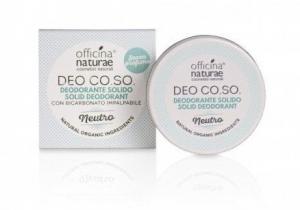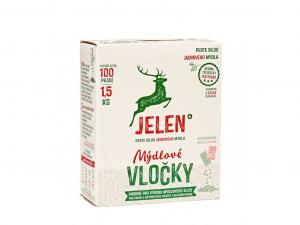Melamine
Other names: 1,3,5-triazin-2,4,6-triamin
Harm score: 3 (Harmless chemicals)
Melamine, otherwise known as 1,3,5-triazine-2,4,6-triamin, is an organic base that occupies an important place in the chemical industry. It was first synthesized in 1834 by the German chemist Justus von Liebig. The purpose of its creation was primarily to find an alternative to proteins that were commonly used in industry at the time. Melamine is a white crystalline substance that is insoluble in water. Due to its properties such as high melting point and resistance to acids, it is often used in the manufacture of a large number of products.
Due to its exceptional properties, melamine is mainly used in the plastics industry, where it is a component of adhesives, coatings and resins. Melamine resins are used in the manufacture of laminate flooring or worktops where they provide resistance to abrasion, heat and moisture. Another important sector where melamine finds its application is in the manufacture of tableware. Melamine tableware is durable, easy to clean and dishwasher safe. Today, melamine is also found in some fertilisers where it serves as a source of nitrogen. Equally important is melamine's remarkable resistance to mould and rot, which makes it indispensable in the manufacture of products such as wood coatings.
You won't find this substance in our products. Try the natural, chemical-free products in our range.

Neutral Cream Deodorant (50 ml) - without perfume
Product detail
soap flakes 1,5 kg
Product detail
Hyaluronic serum 50ml
Product detail